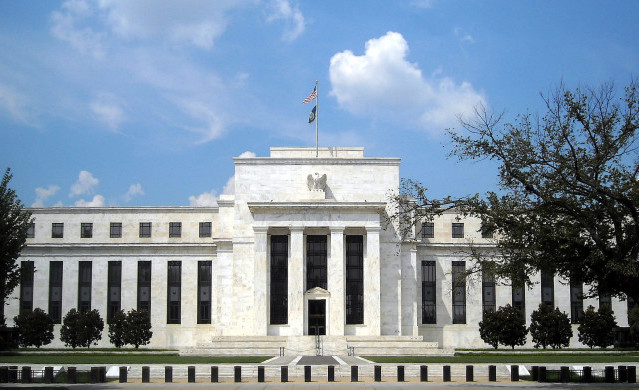The September meeting of the Federal Reserve Board came and went without a move. The Fed had hoped to raise rates at least four times in 2017, but ended up limiting upward motion to only two quarter-point increases. They chose to stop raising rates when inflation remained below their target range of 2 percent even with low unemployment.
In addition to a more dramatic rate increase, the Fed had hoped to start selling some of their $4.5-trillion balance sheet. The balance sheet started below $1 trillion back when the Fed began buying bonds in early 2009. They did this in an effort to artificially push rates down to try to stimulate the economy. But just as buying bonds had a lowering effect on rates, selling them now would apply upward pressure, so the Fed put that move on hold, too.
As a result of the moves (or the lack thereof) mortgage rates have eased to their lowest levels of 2017. At the time of this writing, rates were back below 4 percent for borrowers with mid-credit scores of 740 or below.
We feel that mortgage rates will remain at the bottom of the trading range for the remainder of 2017 based not just on low inflation and average Gross Domestic Product, but also on higher global tensions due to the conflict with North Korea.
We estimate that the next Fed interest rate increase will be at their December meeting.
To contact me, call 773-557-1000 ext. 15, e-mail ron@ronmortgage.com or visit http://www.ronmortgage.com.
 Fra Noi Embrace Your Inner Italian
Fra Noi Embrace Your Inner Italian







